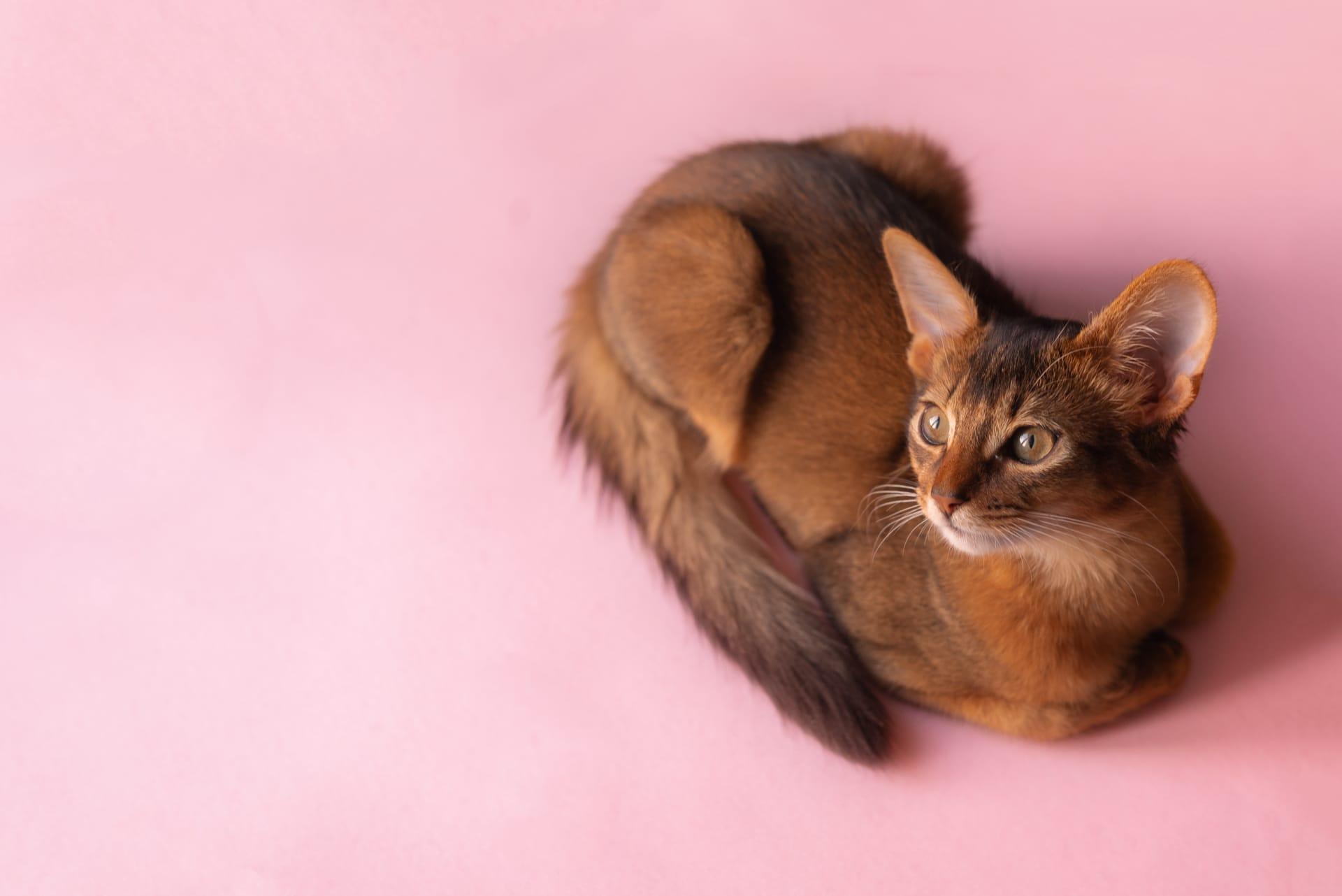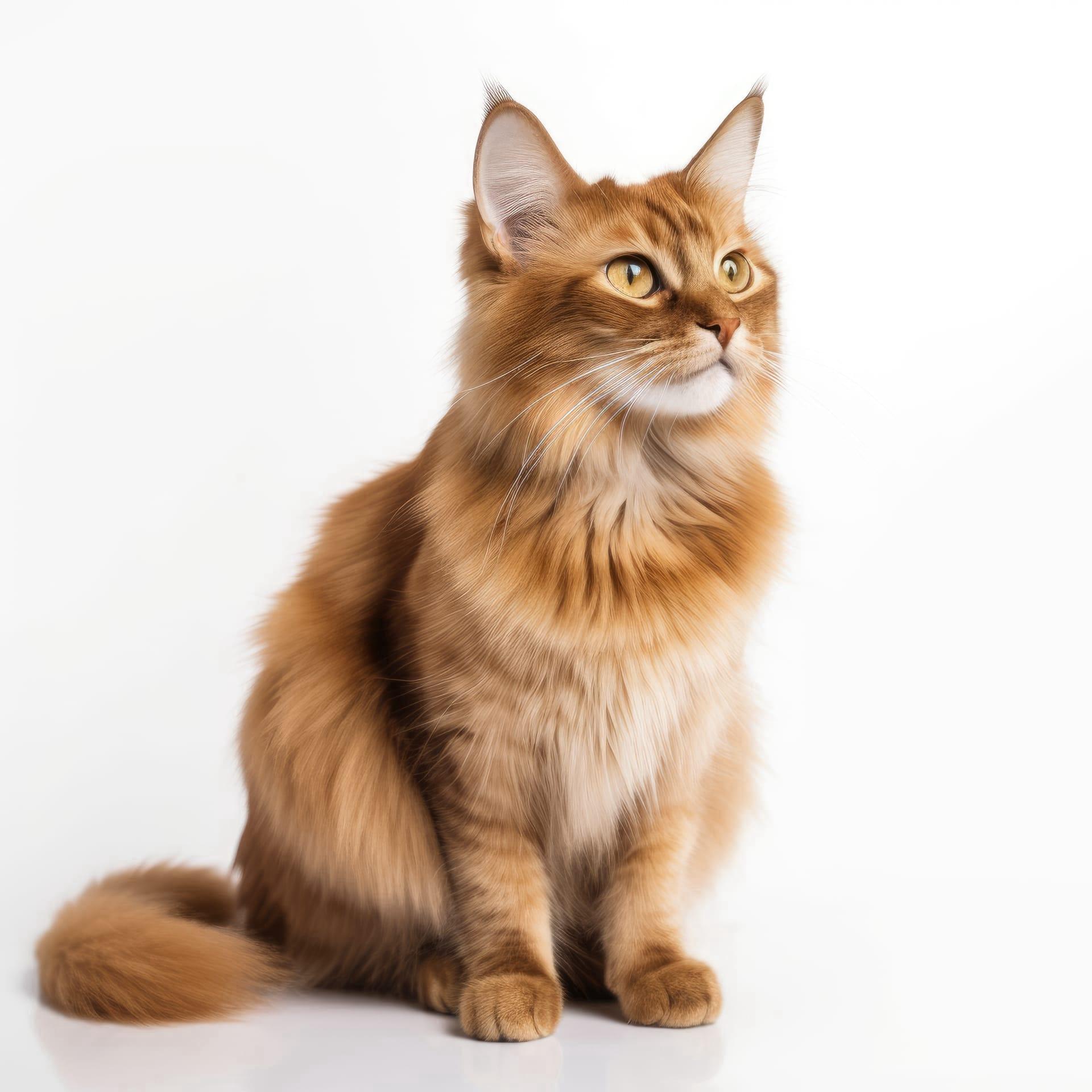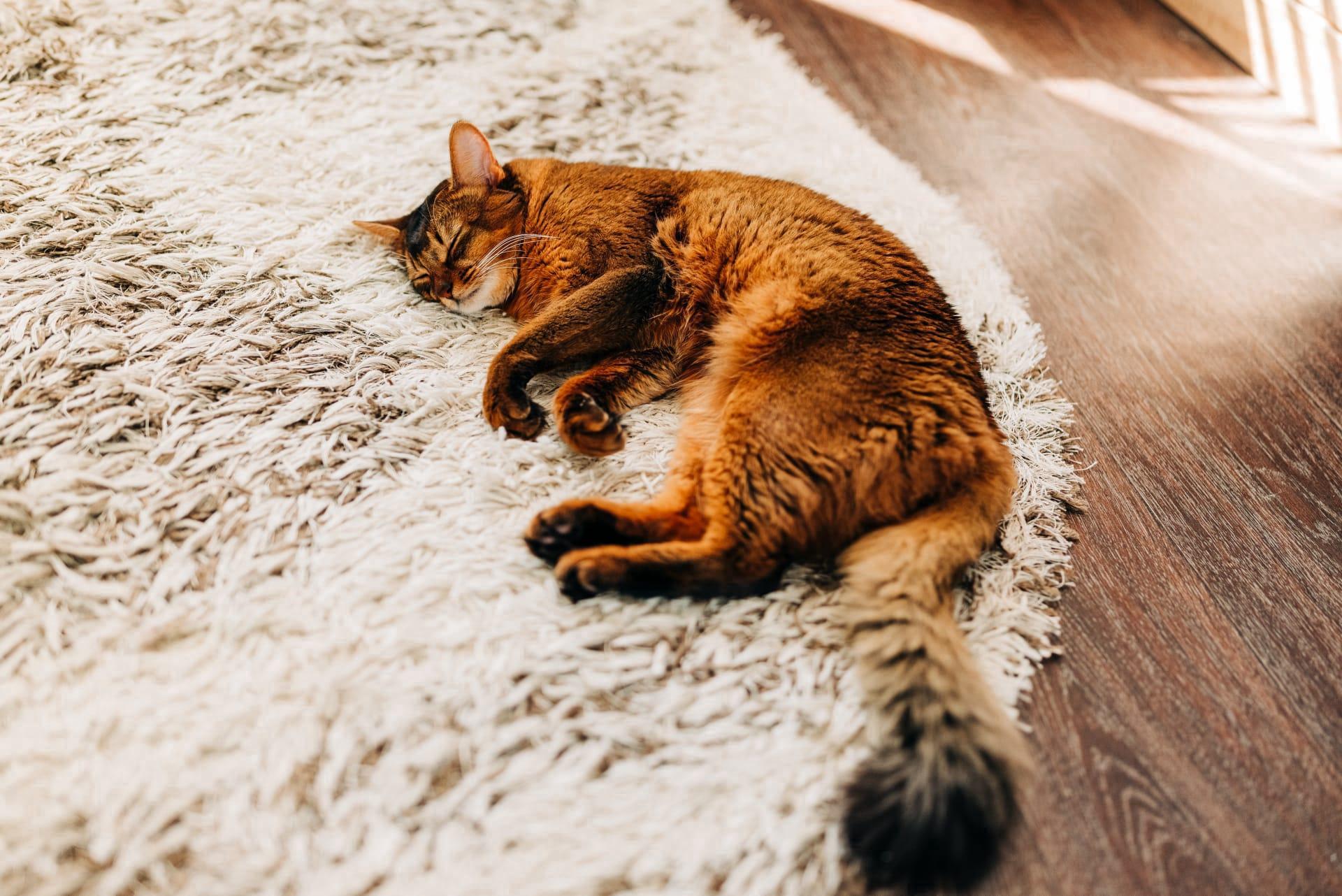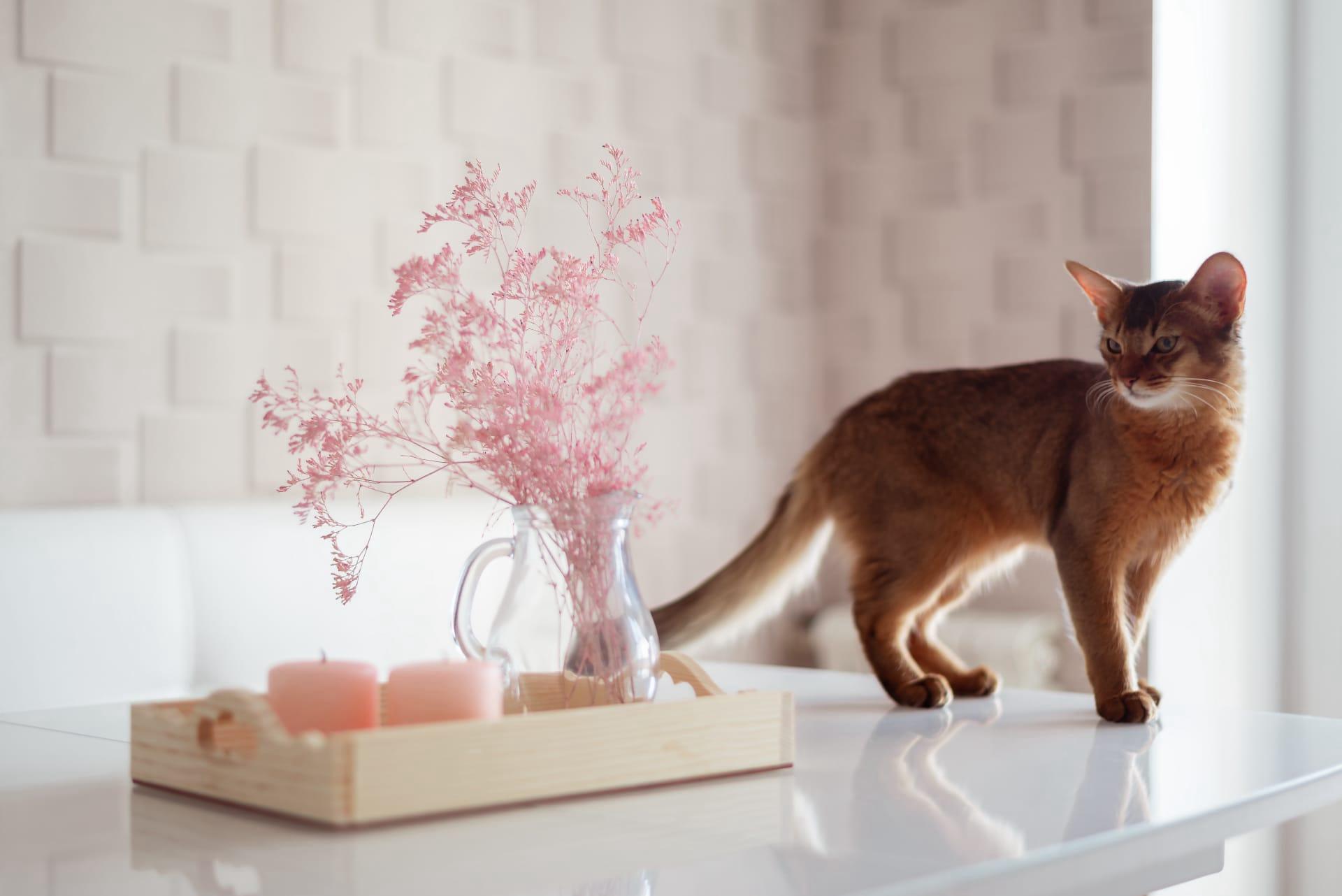1
The Somali cat, known for its luscious, fox-like tail and striking appearance, boasts a coat that's not just visually stunning but also scientifically fascinating. Each hair on a Somali cat's body is ticked with multiple colors, usually three or more bands of color on each strand. This unique feature is due to a specific gene variant, making their fur resemble the wild African cats they're descended from. The ticked pattern is not merely for show; it originally served as camouflage in their natural habitat. The average Somali cat's coat can display a rich variety of colors, including ruddy, red, blue, and fawn, each hair contributing to a vibrant, shimmering effect that changes with movement and light.
Somali cats are not just about looks; they come with a high level of intelligence and an energetic personality. They are known for their problem-solving skills, often learning how to open doors or retrieve hidden toys. Their playful nature keeps them kitten-like well into adulthood, requiring plenty of interactive play and mental stimulation. Somali cats have a muscular build, weighing between 6 to 10 pounds (2.7 to 4.5 kilograms), with males generally larger than females. Their athleticism is matched by their agility, often seen performing acrobatic leaps and climbs. This combination of brains, beauty, and agility makes the Somali cat a captivating companion.

2
Somali cats have a social and affectionate demeanor, making them excellent companions for families and individuals alike. They thrive on interaction and form strong bonds with their owners, often following them around the house and participating in daily activities. Their vocalizations are not just mere meows; Somali cats communicate with a range of chirps, trills, and purrs, expressing their contentment or desire for attention. This communicative behavior highlights their social nature, craving not just physical presence but also engagement in the form of conversation and play.
The breed's history is as intriguing as its personality, with its origins tracing back to the 1950s in the United States. Initially, Somali cats were considered long-haired variations of the Abyssinian cat, their short-haired cousin. It wasn't until breeders took interest in these long-haired mutations and began a dedicated breeding program that the Somali was officially recognized as a separate breed. This historical quirk underscores the breed's relatively recent emergence onto the feline stage, despite its ancient-looking appearance that suggests a lineage stretching far back into cat history.

3
One of the most remarkable traits of the Somali cat is its adaptability to various environments and situations. This breed is known for its resilience and easygoing nature, making it suitable for both apartment living and larger homes with outdoor access. Their curiosity and intelligence drive them to explore their surroundings thoroughly but also mean they require secure spaces to prevent accidental escapes. The Somali's adaptability extends to their interactions with other pets and children, often showing patience and playfulness, making them an ideal pet for a dynamic household.
Healthwise, Somali cats are generally robust, but they do carry genetic predispositions to certain conditions, such as pyruvate kinase deficiency (PKD), a hereditary enzyme defect that can lead to anemia. Responsible breeding practices have significantly reduced the incidence of this condition, but it highlights the importance of genetic testing and health monitoring in the breed. Their lush coats require regular grooming to prevent mats and tangles, and their active minds need constant engagement through play, puzzle toys, and interactive sessions with their human companions to maintain their mental and physical well-being.

4
The Somali cat's grooming habits are both meticulous and fascinating, showcasing a natural inclination towards cleanliness and self-care. Unlike some breeds that may require frequent baths, Somali cats often manage to keep themselves impeccably groomed through regular self-bathing. However, their dense, semi-long coat does require human assistance to stay in prime condition. A weekly brushing session not only helps to remove loose fur and prevent matting but also serves as a bonding experience between the cat and its owner, reinforcing their social bond and trust.
Apart from their physical attributes and health considerations, Somali cats are known for their playful and adventurous spirit. They possess a remarkable ability to entertain themselves and others around them with spontaneous games. Their inherent curiosity often leads them to investigate every nook and cranny of their home environment, making interactive toys and safe, cat-proof spaces essential for keeping them stimulated and out of mischief. This playfulness, combined with their athletic ability, means Somali cats are particularly adept at agility training, capable of learning complex tricks and courses, further highlighting their intelligence and versatility.

5
The Somali cat's life expectancy ranges from 12 to 16 years, which is relatively long for a purebred cat. This longevity is a testament to their overall hardiness and the advancements in feline healthcare and nutrition. To ensure a long, healthy life, Somali cats require a balanced diet, regular veterinary check-ups, and preventive care, including vaccinations and parasite control. Their long lifespan allows them to form lasting bonds with their human families, providing years of companionship, love, and entertainment.
The Somali cat's role in feline agility competitions showcases not just their physical prowess but also their mental acuity. They excel in agility trials, where their speed, agility, and intelligence are put to the test. These competitions offer a window into the breed's capabilities, highlighting their eagerness to learn, ability to follow commands, and enjoy engaging in physically demanding activities. It's not just about the competition; these activities foster a deep connection between the Somali cat and its owner, built on mutual respect and understanding, further cementing the Somali's status as a highly interactive and responsive breed.